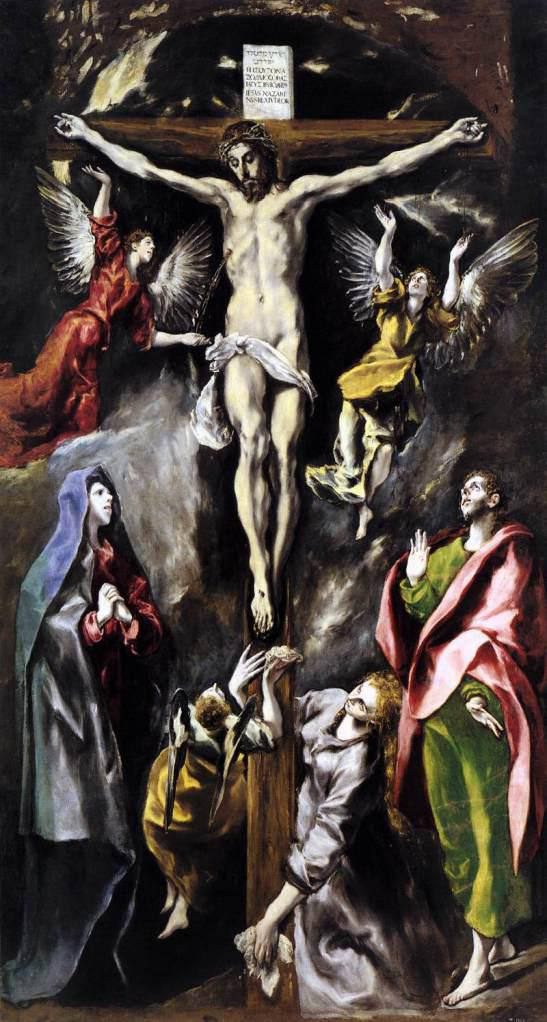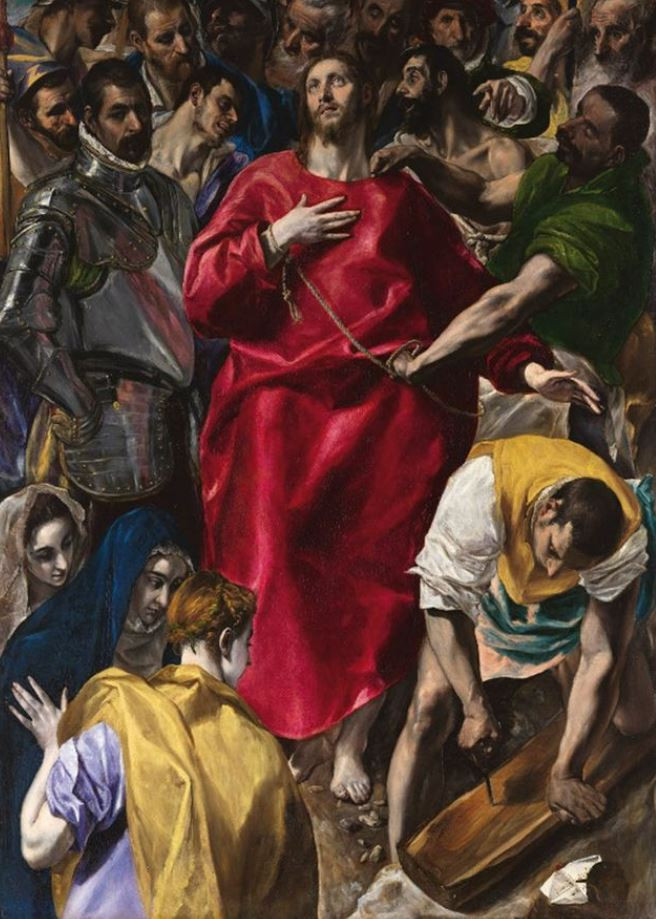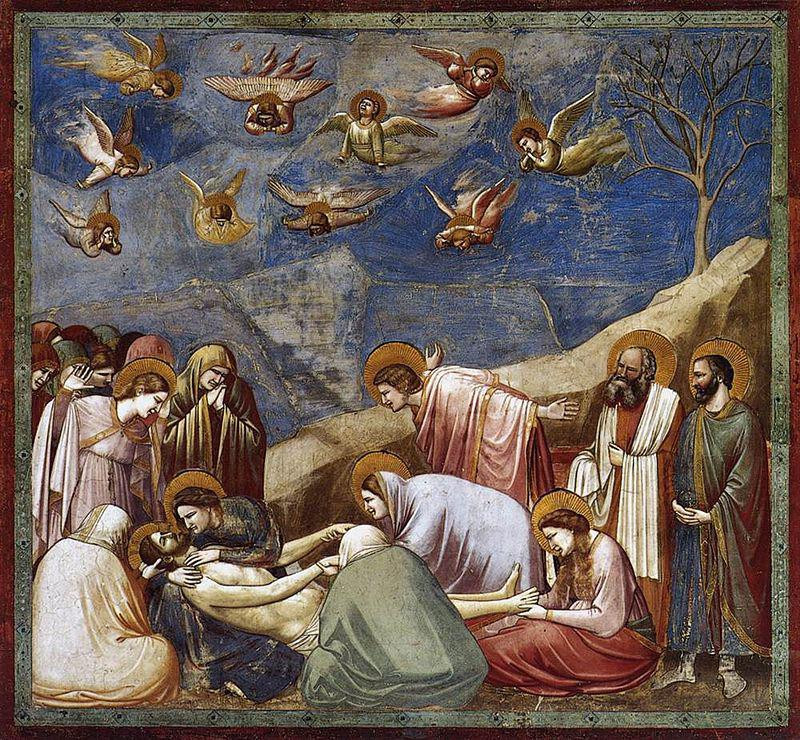There are still many mysteries with which the martyrdom of the crucifixion is surrounded. Not only because it is connected with the Divine Drama. But also because it arouses the curiosity of many different scientific fields
It is one of the most powerful symbols of the Christian religion, closely related to the divine passions of Easter. But if for religion it symbolizes the victory of life over death, for history it is rather a mystery. The cross was, yes, a martyr’s way of killing. But archaeologists know very little about the crucifixion
References to the crucifixion are found both in the Gospels and in the historical texts of the Roman era or those of the Latin script. Evidence, however, has only been discovered in four places on the planet, the last of which was found in 2017 in Cambridgeshire, England, where a man’s skeleton was discovered during foundation work, with a nail piercing his heel.
What do the findings show?
This is also the only archaeological find related to the crucifixion that has been discovered in the British Isles. As Cambridge professors David Ingham and Corinne Duhigg note in the British Review of Archaeology, this find proves that crucifixion was widespread throughout the Roman Empire. For his part, Granger Cook, author of the volume “The Crucifixion in the Mediterranean World”, notes in the Washington Post that “the only other archaeological evidence of the crucifixion is the wall paintings”.
British archaeologists also point out that the find in Cambridgeshire is similar to one that had been discovered almost 50 years earlier, in 1968, near the Mount of Olives in Jerusalem. In both cases, the nail was found embedded in the heel bone. This position “conflicts” with the religious depictions of the Crucifixion. At the same time, however, it offers new evidence for the martyrdom and killing of the crucified who were common mortals.
The origin and purpose of martyrdom
It also appears that the Romans introduced crucifixion from the Carthaginians, who in turn had copied various brutal punishments from the Assyrians and other peoples of the Middle East. The ancient Jewish historian Josephus reports that the Roman legions crucified at least 500 Jews in a single day during the Jewish Revolt in the 1st century BC.
The purpose of crucifixion in all cases was a slow and torturous death. Crucifixion was also the most terrifying and humiliating method of execution that the punishers inflicted on criminals, slaves and those accused of treason. Those sentenced to crucifixion were taken to the place of their martyrdom with blows, just as it is mentioned about Jesus in the Gospels and with the crowd participating in them. The cross, the sources also state, was at a fixed point.
The role of “sedecula”
Death came after a few days. It also seems that sometimes the punishers rushed him by hitting the victim with rods on the chest or stabbing him so that he could not breathe. At other times, the cross was of low height so that the victim could be handed over to hungry animals. From the frescoes it is also concluded that the cross was in the shape of a “T”, while a small seat, the so-called sedecula, was often “offered” in order to prolong the life of the crucified and therefore, his torture.
From the discovery in eastern Jerusalem it is also concluded that the Romans, in addition to nails, also used ropes to tie the victim to the cross. These were in fact so durable that they were used on more than one occasion. The victim of the discovery on the Mount of Olives was a 24-28 year old man whose heel bone was pierced by a nail. Its length was about 11.5 centimeters.
The cases of the crucifixion of Jesus
Speaking to the Washington Post, Granger Cook confirms that Jesus existed as a historical figure and that he was put to death in this way. But how did he come about? Forensic science experts support the hypothesis that the Crucified One suffered relatively quickly from a pulmonary embolism or cardiac arrest, while the shock caused by the bleeding is also not excluded. Asphyxiation, which results from the rupture of the lungs and which in turn is caused by the weight of the flying body, is also considered a certain cause of death.
There are still many mysteries surrounding the martyrdom of the crucifixion. Not only because it is connected with the Divine Drama. But also because it arouses the curiosity of many different scientific fields.
Source :Skai
I am Frederick Tuttle, who works in 247 News Agency as an author and mostly cover entertainment news. I have worked in this industry for 10 years and have gained a lot of experience. I am a very hard worker and always strive to get the best out of my work. I am also very passionate about my work and always try to keep up with the latest news and trends.













